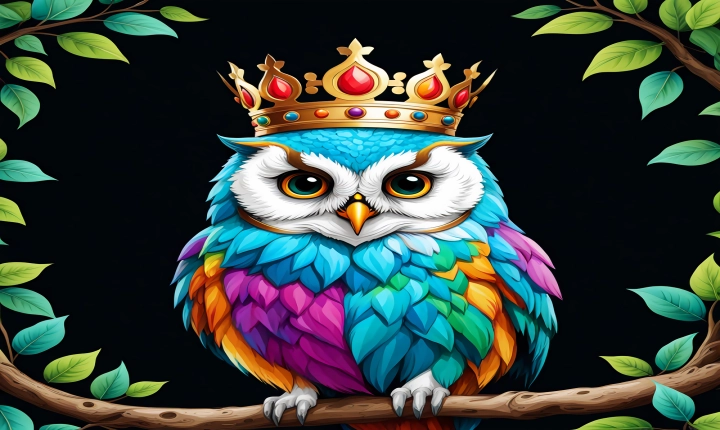How to Get an AI to Recognize Text from Pictures
Artificial Intelligence (AI) has made significant advancements in the realm of image recognition and text extraction in recent years. With the right tools and techniques, it is now possible for AI to recognize and extract text from pictures with a high degree of accuracy. This has numerous applications in industries such as finance, healthcare, and transportation, where the efficient extraction of valuable information from visual data is crucial.
Here are some key steps to consider when developing a system for AI to recognize text from pictures:
1. Data Collection: The first step in training an AI system to recognize text from pictures is to collect a diverse and representative dataset. This dataset should include images with a wide range of fonts, sizes, backgrounds, and orientations to ensure that the AI model can recognize text under various conditions.
2. Preprocessing: Once the dataset is gathered, it is crucial to preprocess the images to enhance the quality and visibility of the text. This may involve tasks such as noise reduction, contrast enhancement, and image resizing to ensure that the text is clear and easily identifiable.
3. Text Detection: The AI model must be trained to detect the presence of text within an image. This involves using techniques such as edge detection, contour analysis, and deep learning-based object detection to locate and outline the text regions within the pictures.
4. Text Recognition: After the text regions are detected, the AI model needs to recognize and extract the actual text from the images. This typically involves training the model with optical character recognition (OCR) algorithms, which enable it to interpret and transcribe the text accurately.
5. Model Training and Evaluation: Once the data is prepared and the algorithms are selected, the AI model must be trained using the dataset. This involves fine-tuning the model’s parameters and architecture to optimize its performance in text recognition. The model’s accuracy and performance are then evaluated using a separate test dataset to ensure that it can reliably recognize and extract text from new images.
6. Deployment and Integration: Finally, the trained AI model can be deployed and integrated into various applications and systems where text recognition from pictures is required. This might include document scanning apps, automated data entry systems, or even autonomous vehicles that need to read signs and labels.
It’s important to note that the accuracy and efficiency of an AI model in recognizing text from pictures depend heavily on the quality and diversity of the training data, the choice of algorithms, and the optimization of model parameters. Continuous monitoring and improvement of the model’s performance through feedback and retraining are also essential to ensure that it remains effective in real-world scenarios.
In conclusion, the ability of AI to recognize text from pictures has opened up a myriad of opportunities for automating and enhancing various processes across different industries. By following the steps outlined above and leveraging the latest advancements in machine learning and image processing, developers and researchers can create robust and reliable systems for text recognition that can unlock new possibilities in data analysis and information retrieval.
